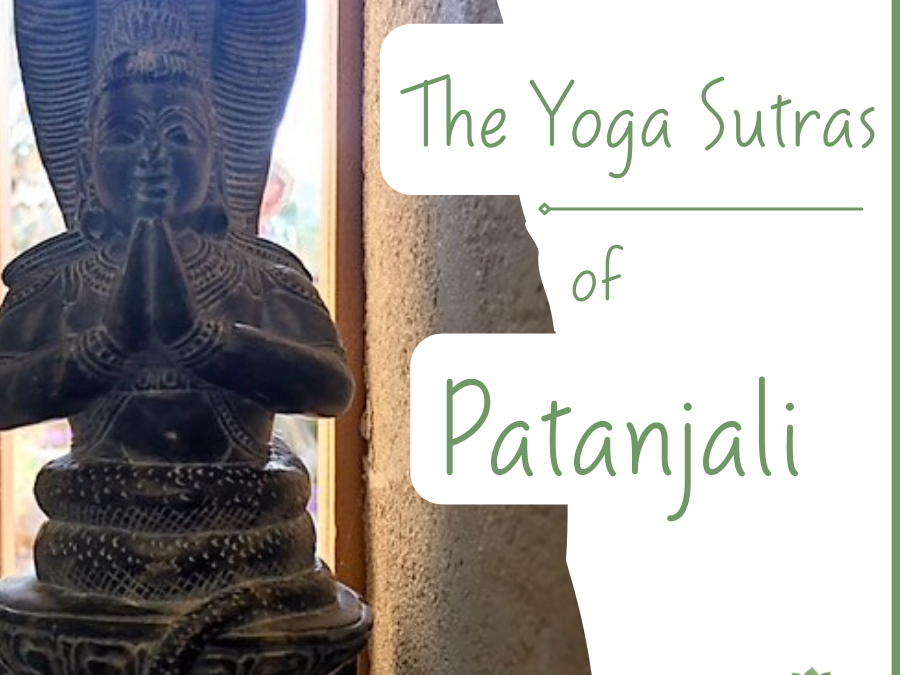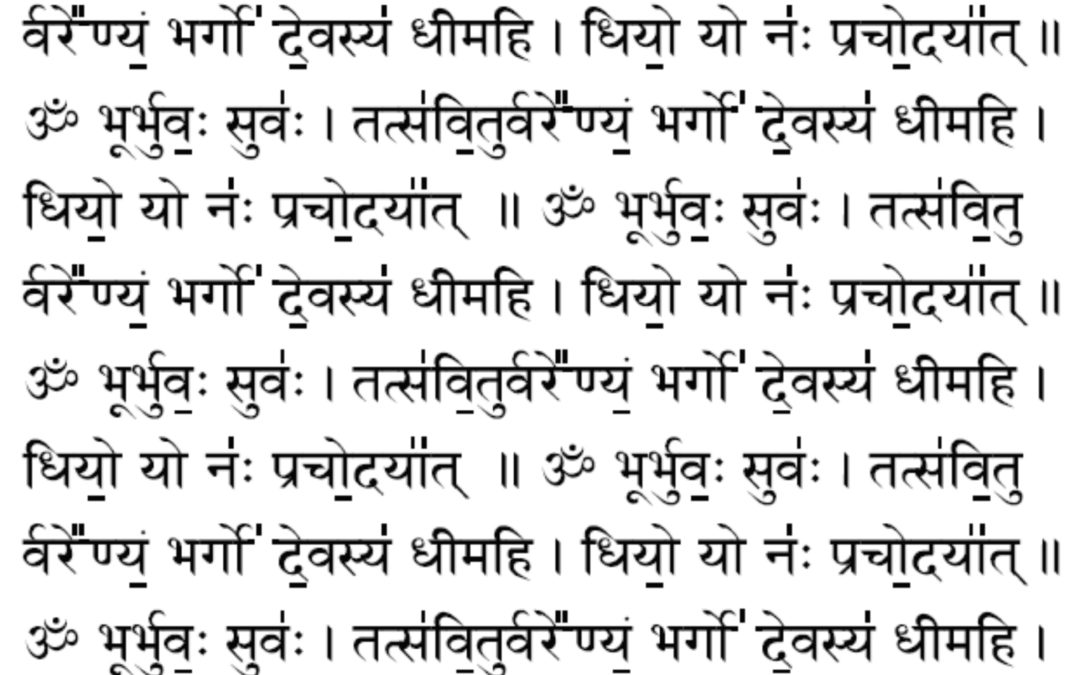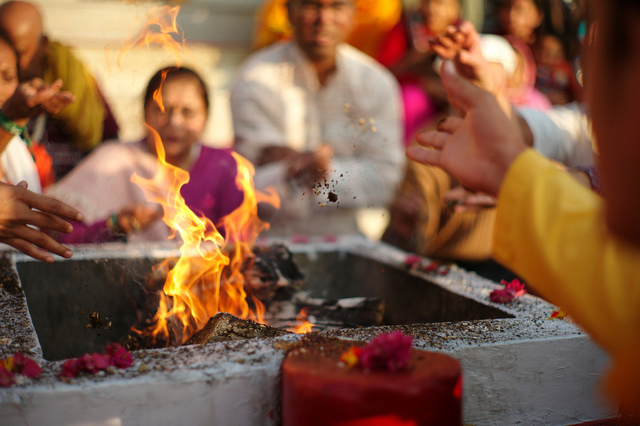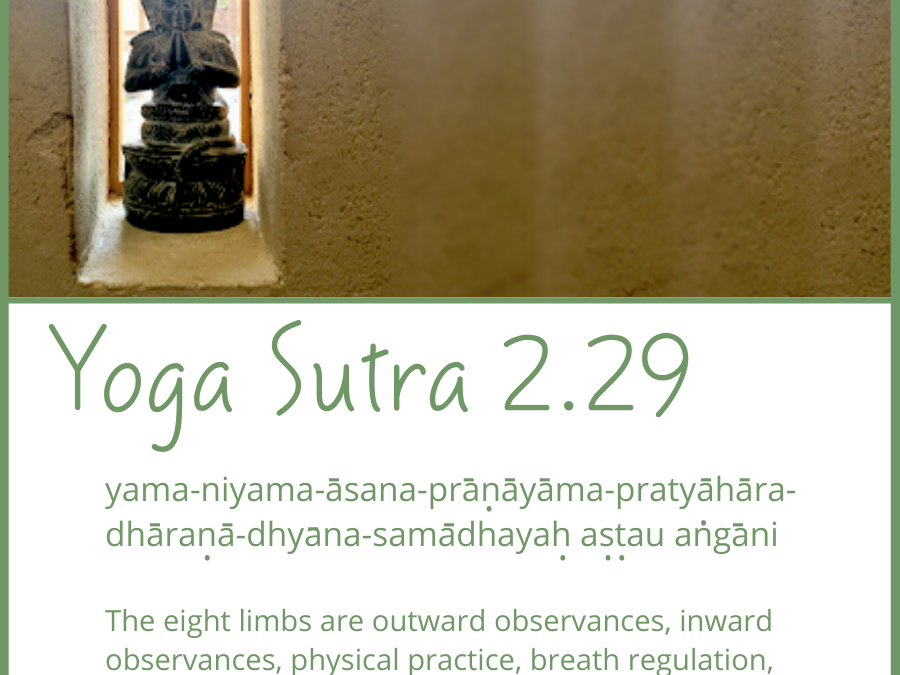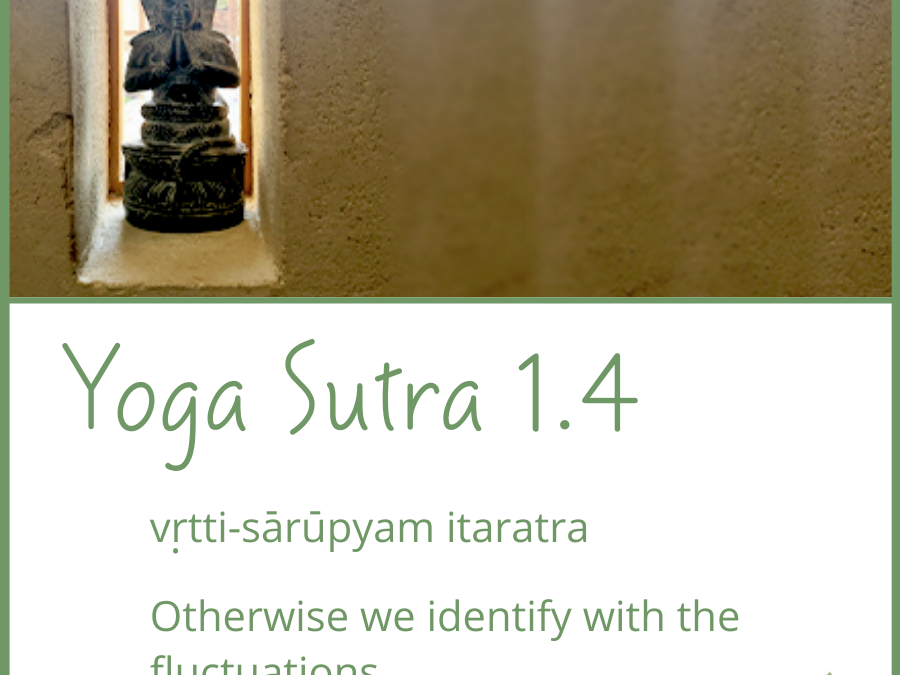In Patanjali’s eight-limbed path of yoga, the niyamas represent the second set of ethical guidelines, focusing on personal observances and self-discipline. While the yamas guide our interactions with the external world, the niyamas turn our attention inward, offering practices that refine our inner life and foster spiritual development. These five observances—saucha, santosha, tapas, svadhyaya, and ishvarapranidhana—are integral to creating a balanced, purposeful life.


